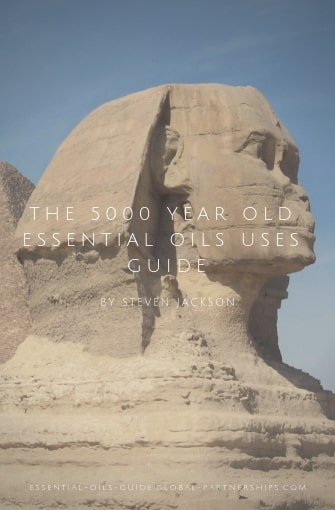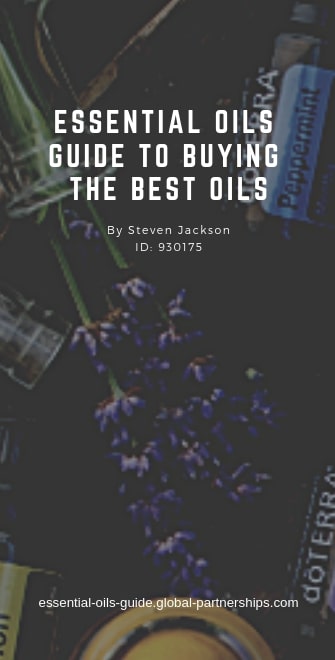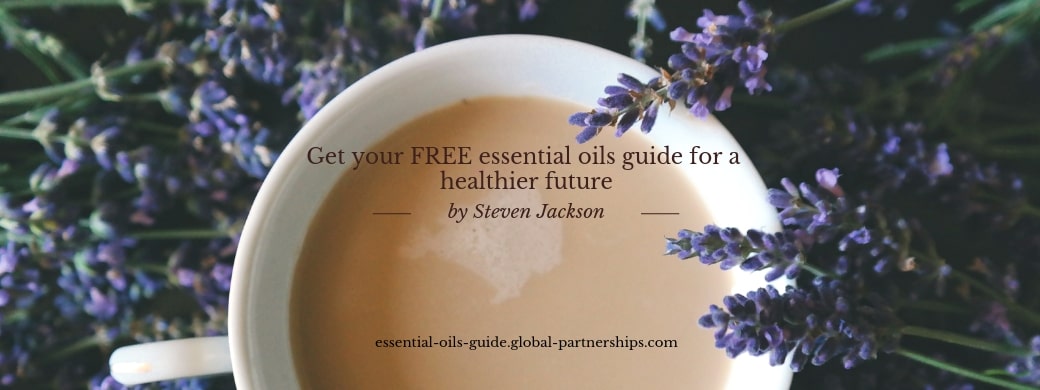What are the benefits of essential oils?
Therapeutic grade oils have many different benefits, but its main asset is that it is non-invasive unlike many traditional drugs and medications, however using the oils with other therapies is always a good thing.
Research has shown that receiving aromatherapy massage with lavender oil previous to an operation significantly reduces anxiety. Another oils that supports anxiety is sandalwood oil.
In addition to anxiety, essential oils have been know to support antibacterial or antifungal conditions. Many of the oils can be massaged on the skin, which can help treat skin conditions, such as burns, cuts and scrapes, while others can support the immune system, help with insomnia and aid with digestion.
The benefits are so wide as they are long that I can only discuss some of the benefits on this page, but to learn more click on the “Learn More” button below.


